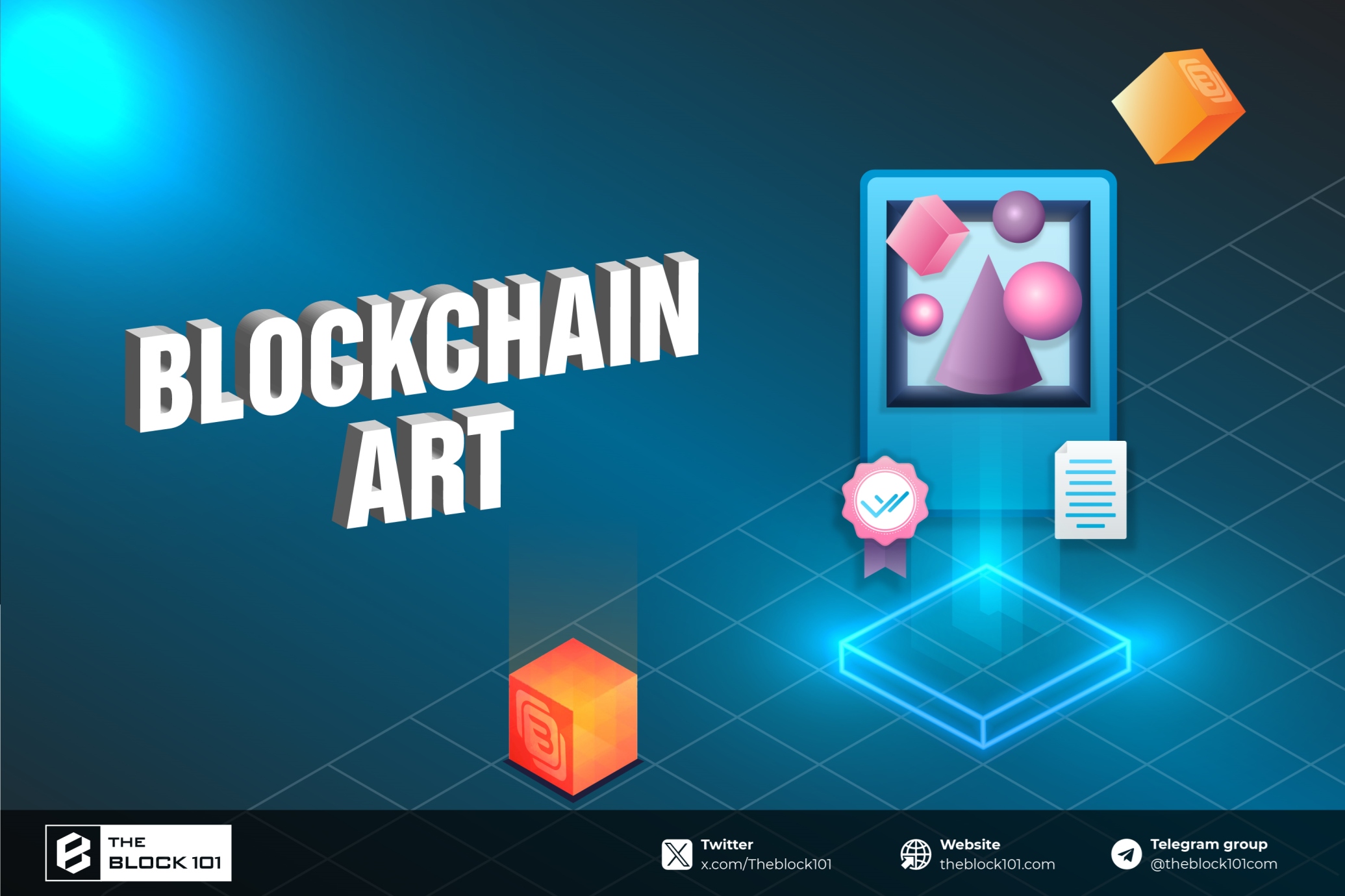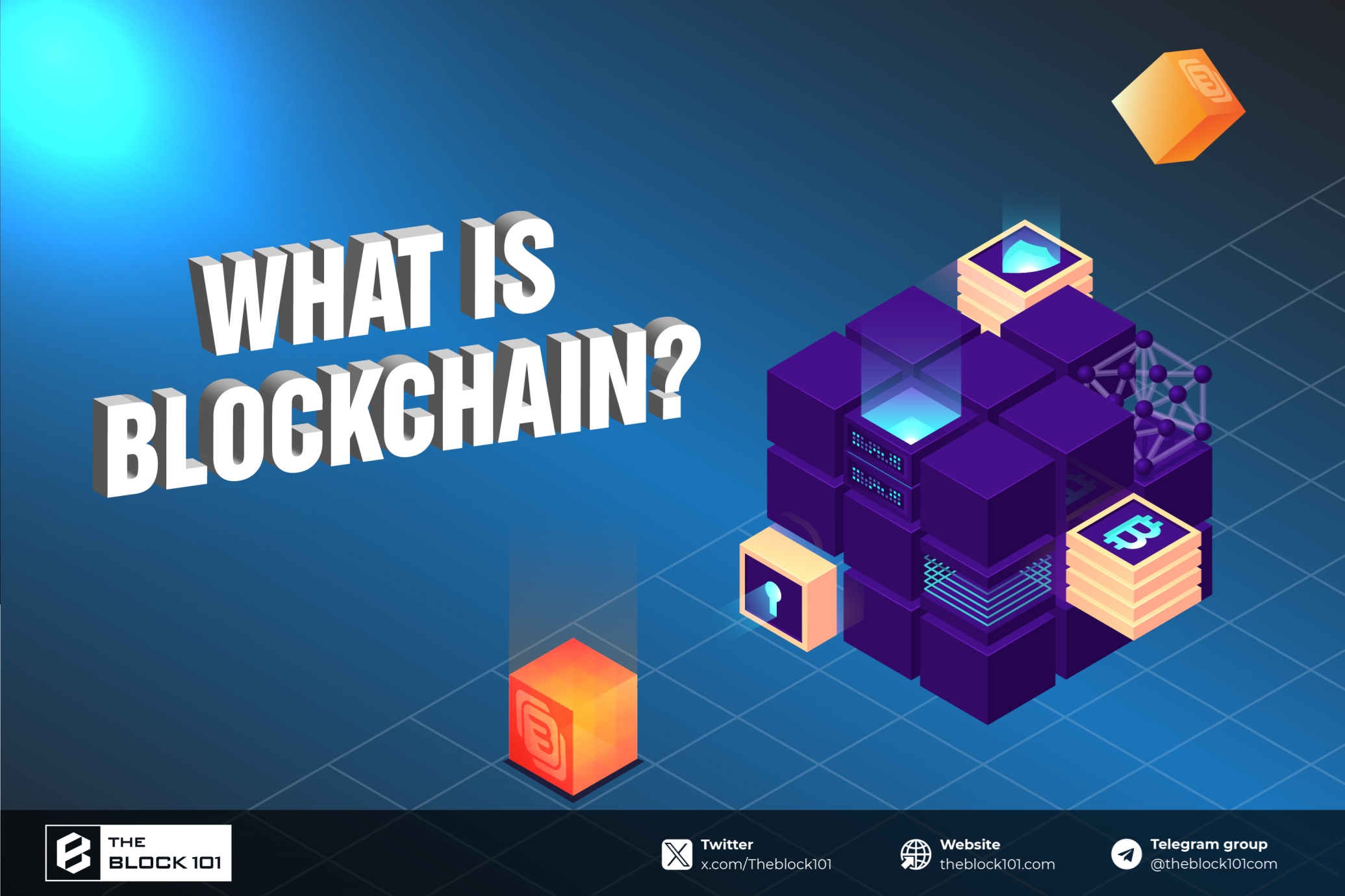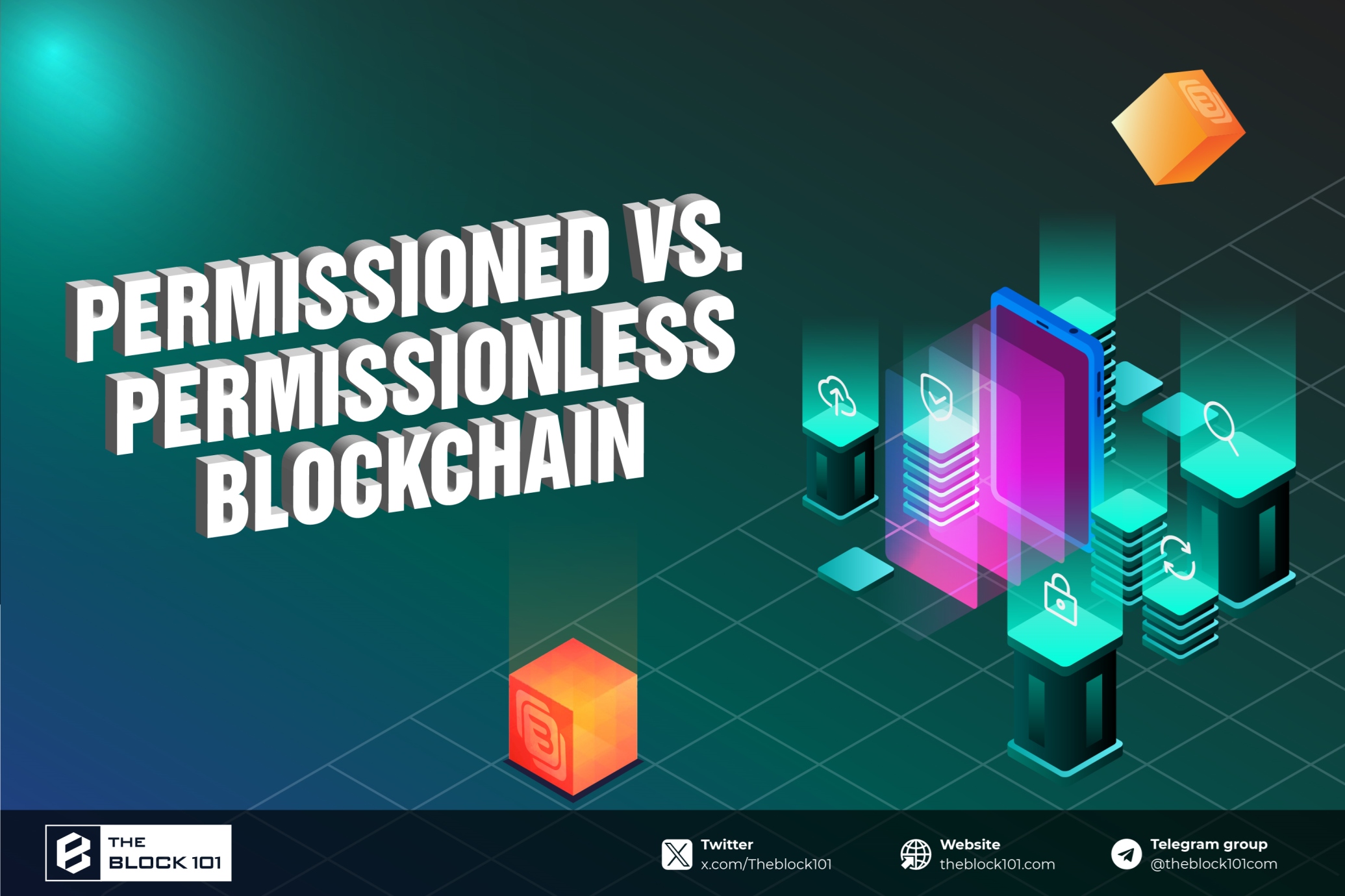
1. What is Bitcoin withdrawal?
Bitcoin withdrawal refers to the process of transferring or removing bitcoins from a particular account or wallet. This typically involves moving bitcoins from a cryptocurrency exchange, wallet, or other storage solution to another location, such as another wallet or a platform that allows you to convert bitcoins into traditional currency (fiat money).
2. Best ways to withdraw Bitcoin to Bank account
2.1. Cryptocurrency exchange
As the cryptocurrency market surpasses a trillion dollars in value, the rise in popularity has given way to a novel form of commodities exchanges. Operating akin to traditional stock exchanges, these platforms facilitate the trading of digital currencies such as Bitcoin, Ethereum, and Tether. Typically functioning within digital marketplaces presented through mobile apps or desktop platforms, these cryptocurrency exchanges enable users to convert their digital assets into fiat currency by selling cryptocurrencies. Users can also purchase cryptocurrencies using fiat money through these platforms. To withdraw funds to a bank account, one would engage in the process of selling cryptocurrency in exchange for traditional currency.

2.2. Peer-to-peer trading platform
On peer-to-peer (P2P) trading platforms, cryptocurrency users can directly trade with each other without relying on traditional exchanges as intermediaries. This approach offers advantages like quicker transactions, diverse payment options, and flexible withdrawal methods.
However, there are some downsides to consider, such as potentially slower trade speeds, lower liquidity compared to centralized exchanges, and the need to personally manage transactions with other users.
2.3. Bitcoin ATMs
Users have the option to withdraw funds to a bank account using Bitcoin ATMs. These machines facilitate the exchange of cryptocurrency for cash, which can then be deposited into a bank account.
However, it's important to note that this method may involve higher fees and may not be as widely available as other withdrawal options. Finding a Bitcoin ATM can be a challenge, especially considering that, as of 2022, there were only around 39,000 Bitcoin ATMs worldwide. In comparison, traditional ATMs were much more prevalent, with approximately 3.2 billion of them globally in 2021, according to research.
3. Steps to withdraw Bitcoins to Bank Account
3.1. How to withdraw Bitcoin from Coinbase to bank account
Here’s a step-by-step guide to cashing out crypto from a Coinbase wallet:
.png)
Step 1: Sell Your Crypto on Coinbase: Initiate the sale of your cryptocurrencies for the fiat currency of your preference directly on the Coinbase platform.
Step 2: Access the 'Withdraw' Option: Find and click on the 'Withdraw' option within the Coinbase interface.
Step 3: Choose Your Fiat Currency: Select the specific fiat currency you wish to withdraw from your Coinbase wallet.
Step 4: Designate Your Bank Account: Choose the bank account where you want to transfer the funds. This is the account that will receive the converted fiat currency.
Step 5: Confirm the Transaction: Verify the transaction details and confirm the withdrawal. This step ensures that your cryptocurrency is successfully converted to fiat and transferred to your chosen bank account.
By following these steps, you can easily cash out your cryptocurrency holdings and receive the equivalent value in traditional currency directly into your linked bank account.
3.2. How to withdraw Bitcoin from Binance to bank account
To transfer funds from your Binance account to a bank account, follow these simple steps:
Step 1: Login to Your Binance Account: Access your Binance account and go to the main dashboard.
Step 2: Navigate to the Withdrawals Page: Click on the "Withdraw" button to open the withdrawals page.
Step 3: Choose Fiat Currency and Withdrawal Method: Select your desired fiat currency and the withdrawal method you prefer (such as SEPA bank transfer or card withdrawal).
Step 4: Verify Your Bank Account (for Bank Transfer/SEPA): If opting for Bank Transfer (SEPA), you may need to verify your bank account by sending a small verification amount.
Step 5: Add a Credit Card (for Bank Card Option): If you choose the Bank Card option, ensure you have added and verified a credit card linked to your account.
Step 6: Specify Withdrawal Amount: Enter the amount you wish to withdraw and proceed through the necessary steps to confirm the transaction.
.png)
3.3. How to withdraw Bitcoin from MetaMask to bank account
To cash out from your MetaMask wallet to a bank account, follow these steps:
Step 1: Connect MetaMask to portfolio.metamask.io: Begin by linking your MetaMask wallet to the portfolio.metamask.io platform.
Step 2: Initiate the Sale: Head to the "Sell" tab to start the cash-out process.
Step 3: Select Your Region: Specify your geographical region to customize the options available to you.
Step 4: Choose Token and Network: Pick the cryptocurrency token and blockchain network you wish to sell.
Step 5: Select Desired Fiat Currency: Choose the fiat currency you want to receive in exchange for your cryptocurrency.
Step 6: Enter the Sale Amount: Input the quantity of cryptocurrency you intend to sell.
Step 7: Review and Confirm the Transaction: Carefully go through the transaction details, and once satisfied, confirm the sale.
Step 8: Withdraw Fiat to Bank Account: After the sale is successfully completed, proceed to withdraw the fiat currency to your bank account.
By following these straightforward steps, you can convert your MetaMask cryptocurrency holdings into fiat currency and transfer the funds to your bank account with ease.
4. Tips for Smooth and Secure Bitcoin to Bank Account Transfers
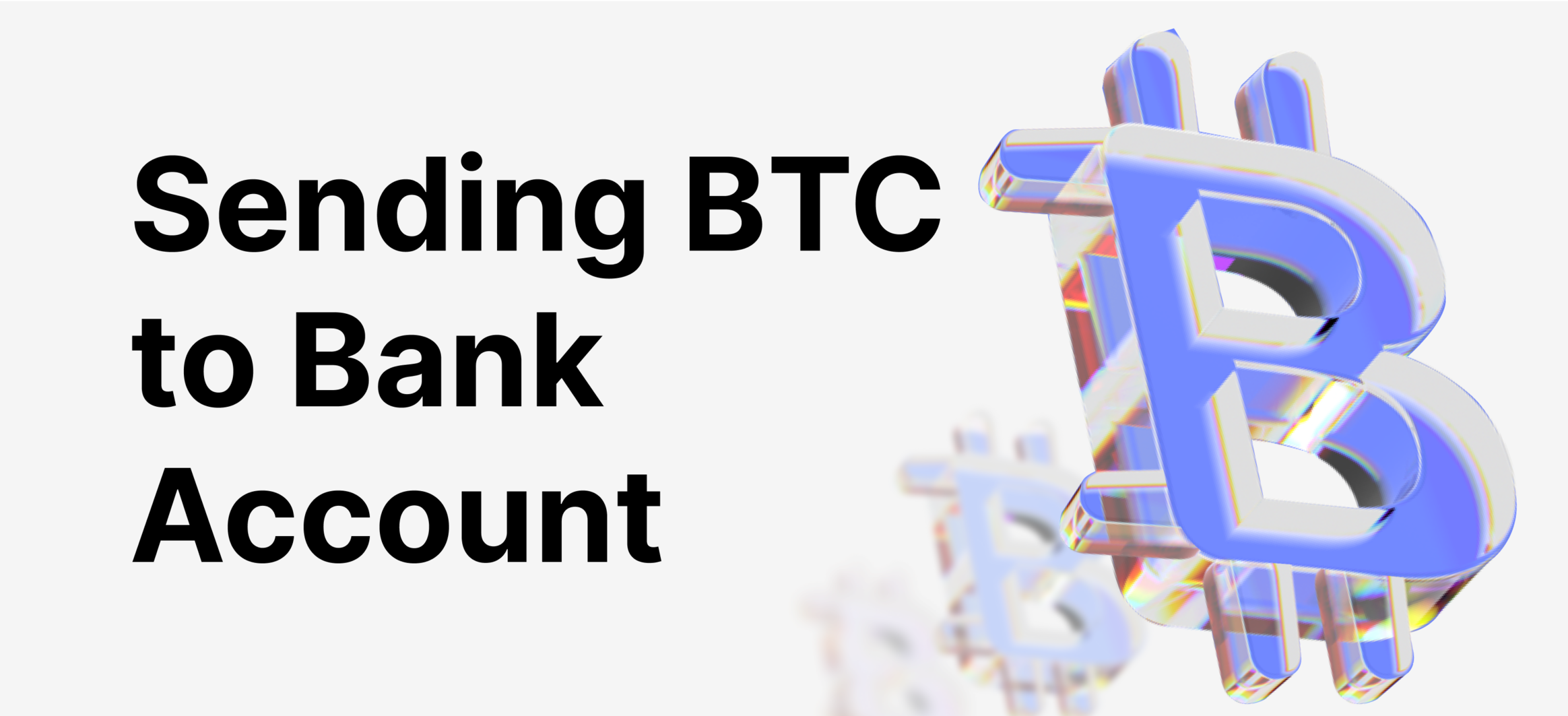
To ensure a secure and smooth transfer when converting Bitcoin to a bank account, consider the following tips:
Keep Your Wallet and Software Updated:
Regularly update your Bitcoin wallet and associated software to protect against potential security threats. Wallet providers release updates and patches to address vulnerabilities and enhance user security.
Watch Out for Scams and Phishing:
Be cautious of scams and phishing attempts prevalent in the cryptocurrency space. Avoid unsolicited messages, fake websites, and dubious investment opportunities. Always verify the authenticity of the sender and website before sharing any personal or financial information.
Maintain Detailed Transaction Records:
Keep thorough records of your Bitcoin transfers, including dates, amounts, and equivalent fiat values. This documentation is essential, especially in jurisdictions where cryptocurrency transactions are subject to taxation. Detailed records help when calculating tax liabilities.
Enable Two-Factor Authentication (2FA):
Implementing two-factor authentication adds an extra layer of security to your Bitcoin wallet. With 2FA, users must provide a second verification step, such as a one-time code sent to their mobile device, before accessing their account. This additional measure helps protect against unauthorized access.
By following these straightforward steps, users can enhance the security of their Bitcoin-to-bank account transfers and minimize the risks associated with potential security threats and scams in the cryptocurrency space.
5. Challenges of Withdrawing Bitcoins to Bank Account
When withdrawing Bitcoins to a bank account, users may encounter some common challenges that are important to be aware of:
Transaction Delays:
Bitcoin transactions require confirmation from the network, and this process can experience delays, especially during periods of high network congestion. Patience may be needed as confirmation times can vary.
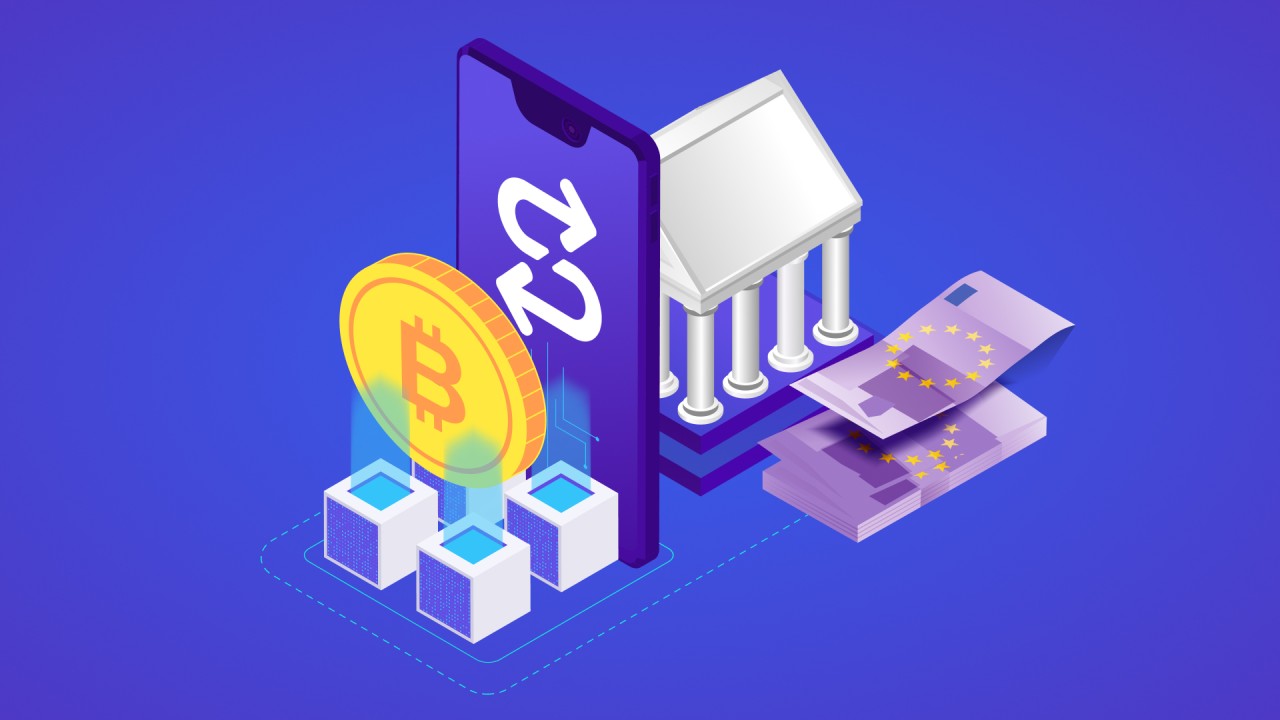
Fluctuating Transaction Fees:
Transaction fees for Bitcoin transfers are dynamic and can change based on network activity. During busy periods, fees may increase, potentially resulting in higher costs for users who want faster transactions.
Exchange Rate Volatility:
Bitcoin's value is known for its volatility, meaning the value of your Bitcoins can change significantly during the transfer process. This volatility may lead to variations in the amount received in your bank account due to fluctuations in the exchange rate.
Bank Account Linking Issues:
Some users might face challenges when linking their bank accounts to their Bitcoin wallets. This could be due to incorrect account information or technical issues with the wallet provider.
Transaction Errors:
To avoid potential loss of funds, users must carefully review all transaction details, including wallet addresses and transfer amounts, to prevent errors during the transfer process.
Tax Reporting:
Transferring Bitcoins to a bank account may have tax implications. It is crucial for users to maintain accurate records for tax reporting purposes and stay informed about the tax regulations in their jurisdiction.
Account Restrictions:
Certain banks may have restrictions or policies concerning cryptocurrency-related transactions. Users should be aware of any potential limitations imposed by their banks, as this could impact the overall transfer process.
Being mindful of these challenges and staying informed about best practices can help users navigate the Bitcoin-to-bank account transfer process more effectively and mitigate potential issues.
6. Conclusion
In conclusion, navigating the process of withdrawing Bitcoin to a bank account is a significant step for individuals seeking to bridge the digital and traditional financial worlds. As the cryptocurrency landscape continues to evolve, the ability to seamlessly convert Bitcoin into fiat currency offers practicality and accessibility for users. While challenges such as transaction delays, fluctuating fees, and market volatility exist, being aware of these factors and employing best practices, such as thorough record-keeping and security measures, can contribute to a smoother experience.

 English
English Tiếng Việt
Tiếng Việt



